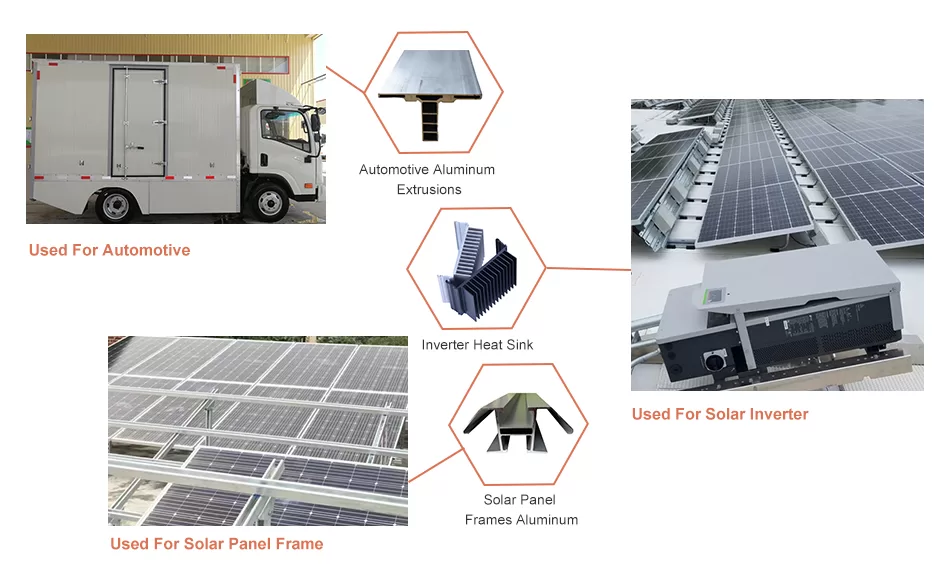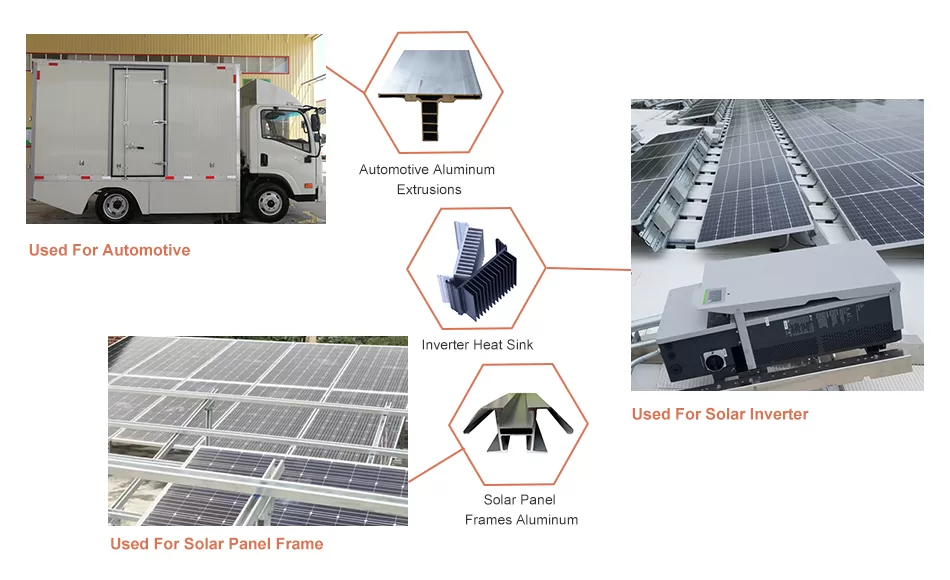Thermal conductivity is a crucial property of metals in various applications, particularly in heat exchange systems. Aluminium extrusion pipes and copper pipes are commonly used in such systems due to their excellent thermal properties. This article aims to compare the thermal conductivity of aluminium extrusion pipes and copper pipes, highlighting their strengths and weaknesses to guide informed decision-making.
Thermal Conductivity and its Significance
Thermal conductivity measures a material’s ability to transfer heat energy through its molecules. A higher thermal conductivity indicates a material’s efficiency in conducting heat. In heat exchange applications, materials with high thermal conductivity facilitate efficient heat transfer, leading to improved system performance.
Thermal Conductivity of Aluminium Extrusion Pipes
Aluminium extrusion pipes possess a moderate thermal conductivity of approximately 204 W/m·K. This property makes aluminium pipes suitable for applications where moderate heat transfer is required. Aluminium’s lightweight nature and resistance to corrosion enhance its appeal in various industries.
Advantages of Aluminium Extrusion Pipes
– Lightweight and easy to handle
– Corrosion-resistant, ensuring longevity in wet or corrosive environments
– Moderate thermal conductivity, offering a balance between heat transfer and cost-effectiveness
– Wide availability and cost-effectiveness
Thermal Conductivity of Copper Pipes
Copper pipes exhibit an exceptional thermal conductivity of approximately 385 W/m·K, making them highly efficient in heat transfer. Copper’s high thermal conductivity and excellent corrosion resistance make it ideal for demanding applications.
Advantages of Copper Pipes
– Unmatched thermal conductivity for maximum heat transfer efficiency
– Excellent corrosion resistance, ensuring durability in a wide range of environments
– High strength and ductility, allowing for easy bending and shaping
Application Considerations
The choice between aluminium extrusion pipes and copper pipes depends on specific application requirements. For applications where weight and cost are key considerations, aluminium extrusion pipes offer a suitable balance. Copper pipes, on the other hand, excel in applications that prioritize high heat transfer efficiency and durability in corrosive environments.
Conclusion
Aluminium extrusion pipes and copper pipes offer distinct thermal conductivity properties suitable for different applications. Aluminium pipes provide a moderate thermal conductivity, making them ideal for cost-conscious projects. Copper pipes, with their superior thermal conductivity and corrosion resistance, are the preferred choice for applications demanding high performance and durability. Understanding the thermal conductivity of these materials enables engineers and decision-makers to optimize heat exchange systems for maximum efficiency.




